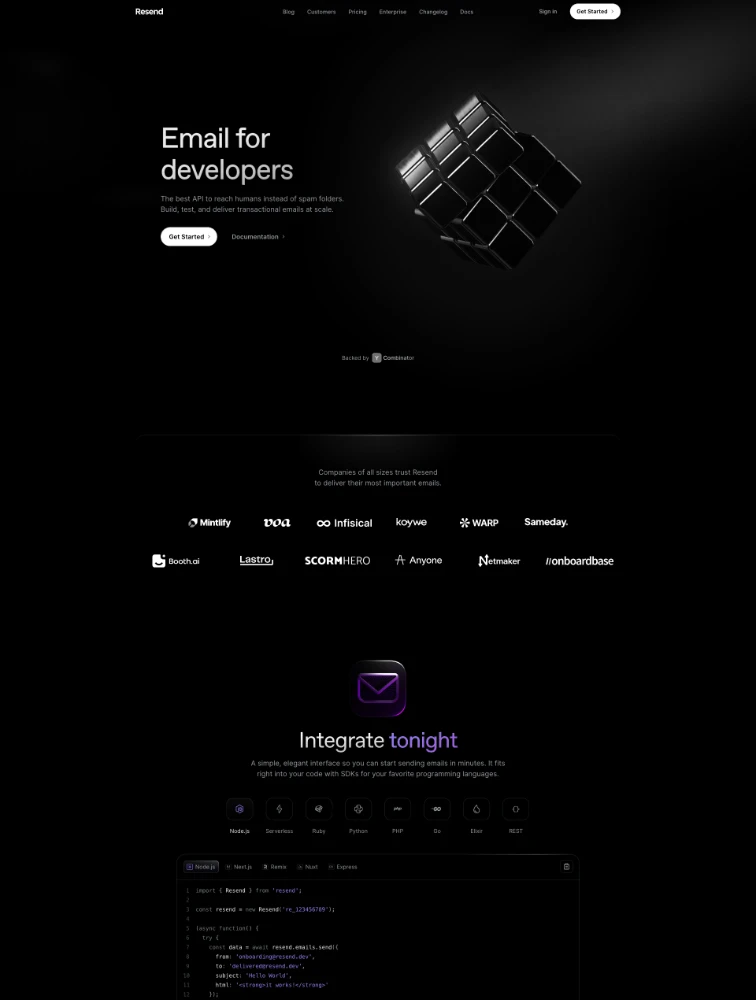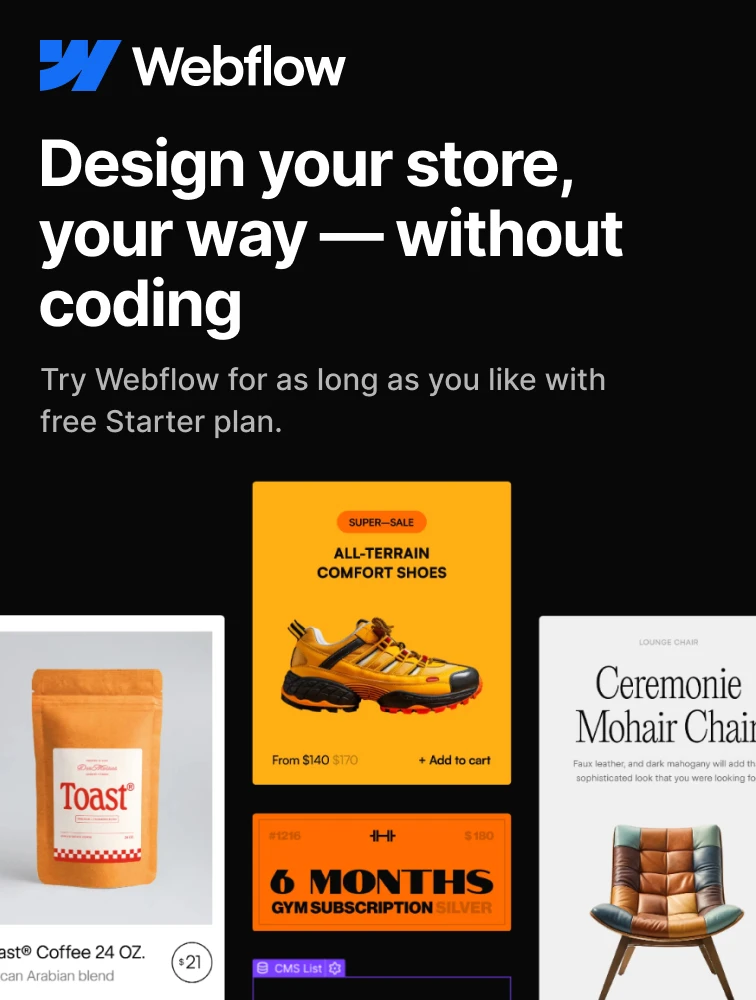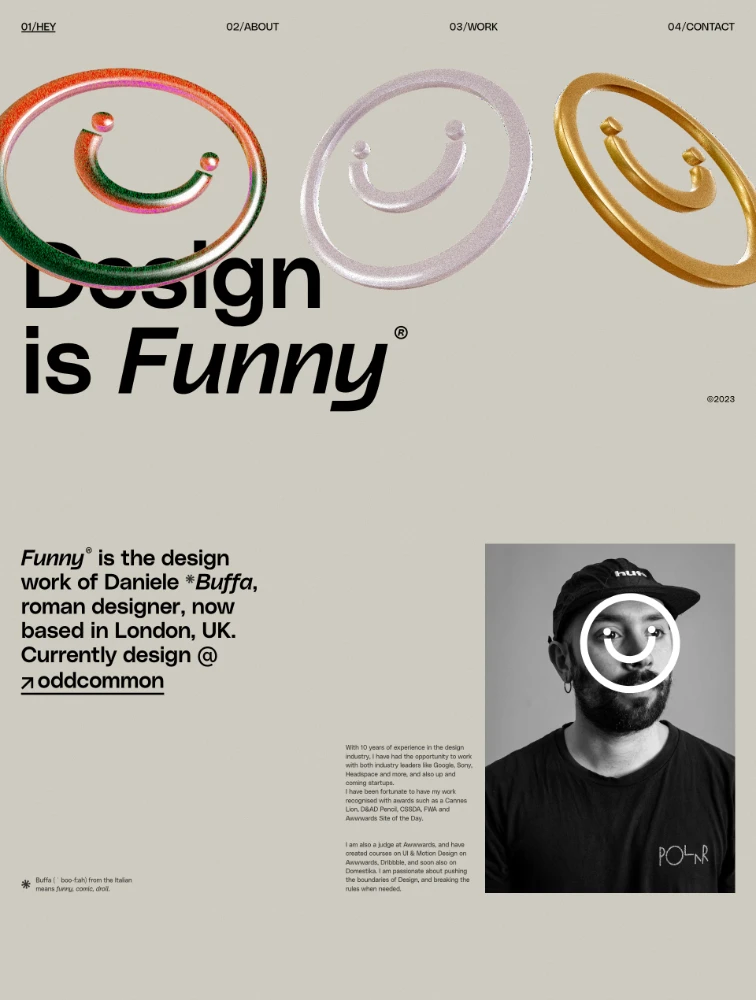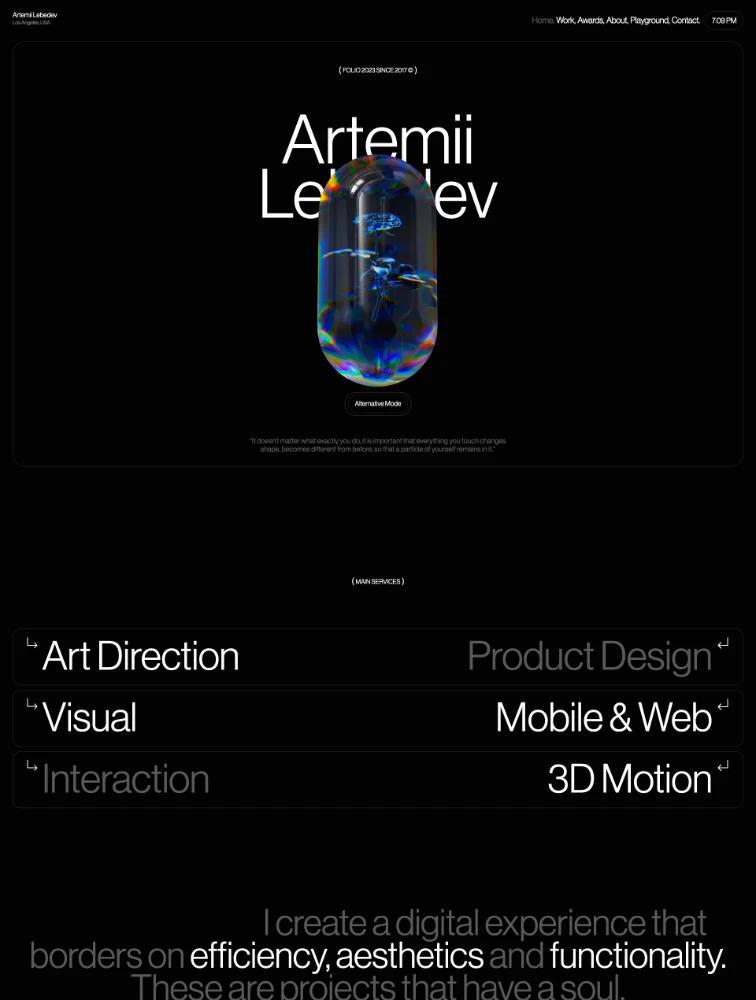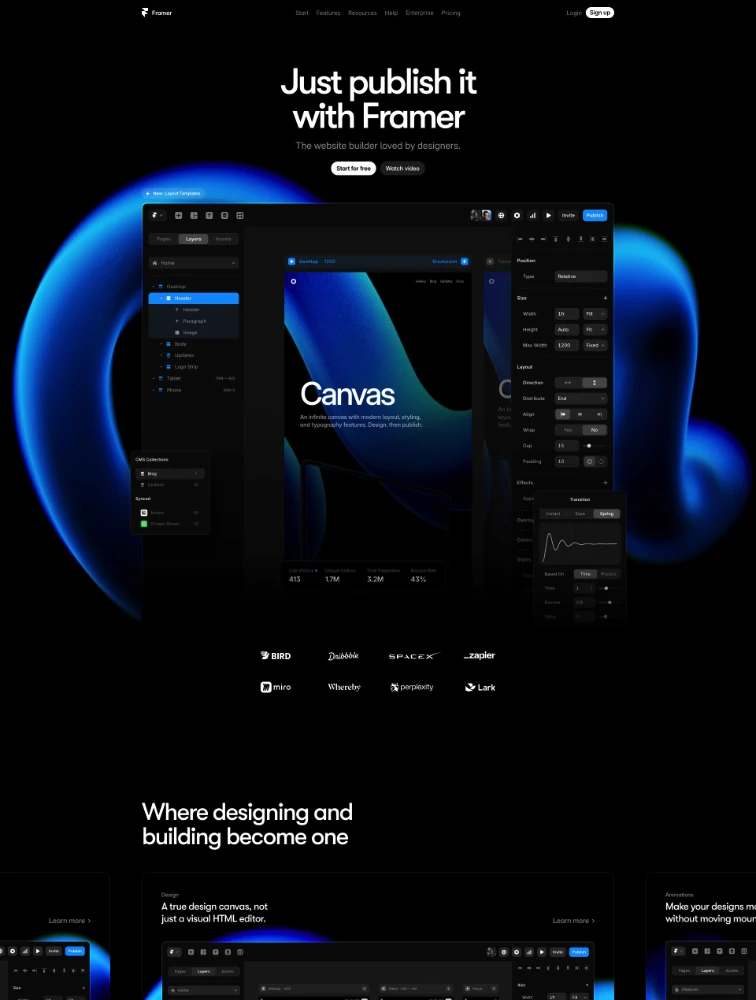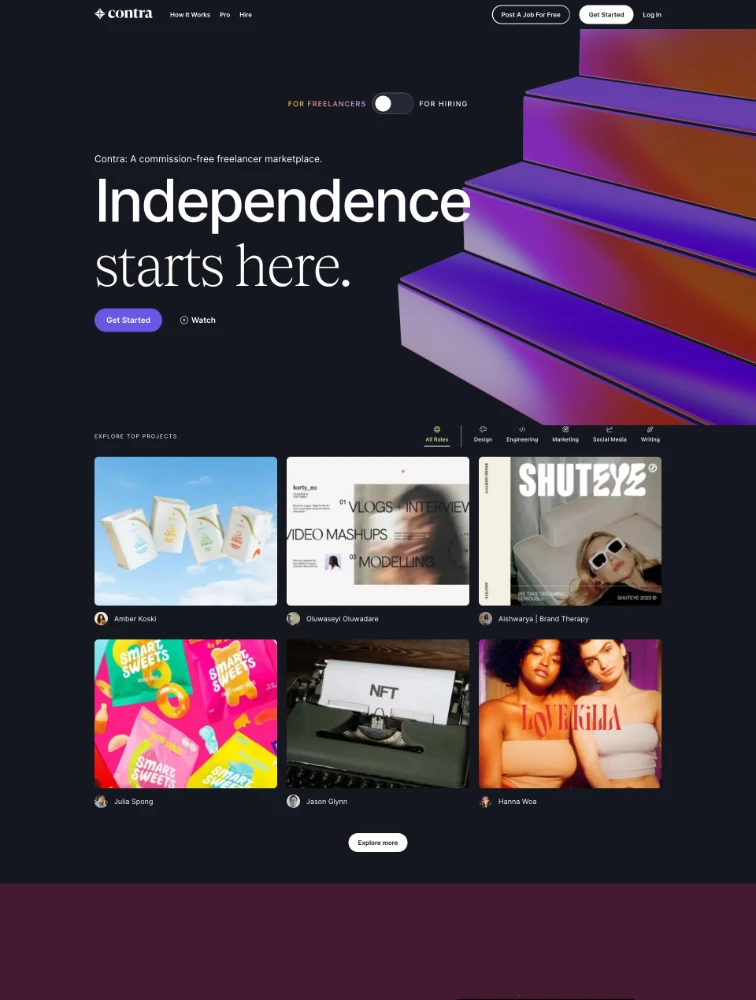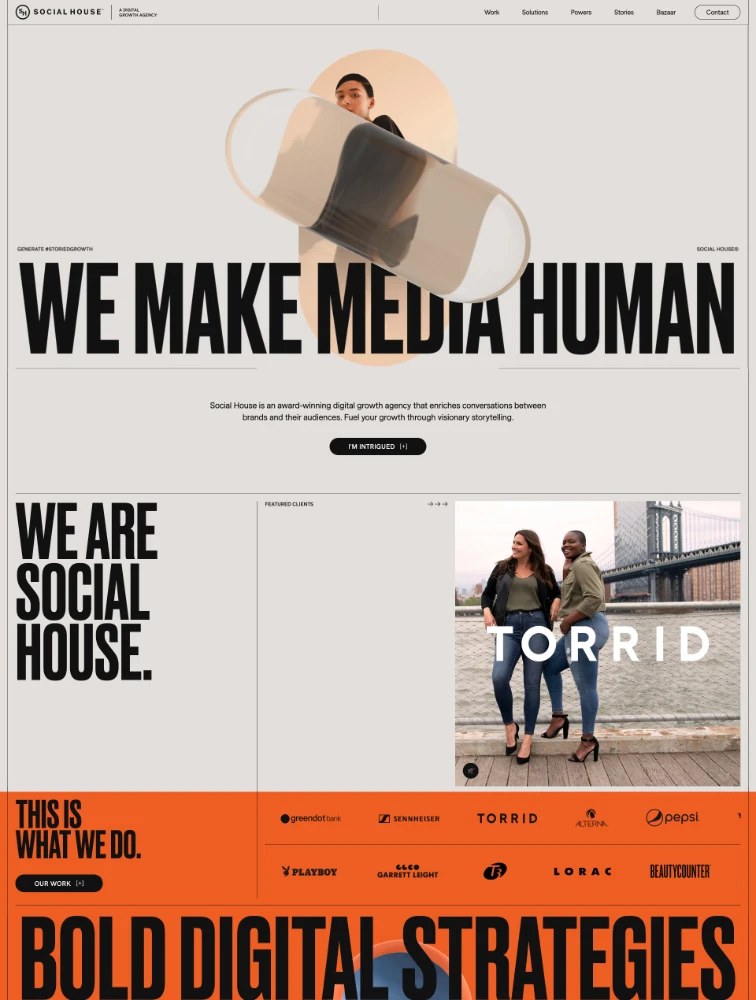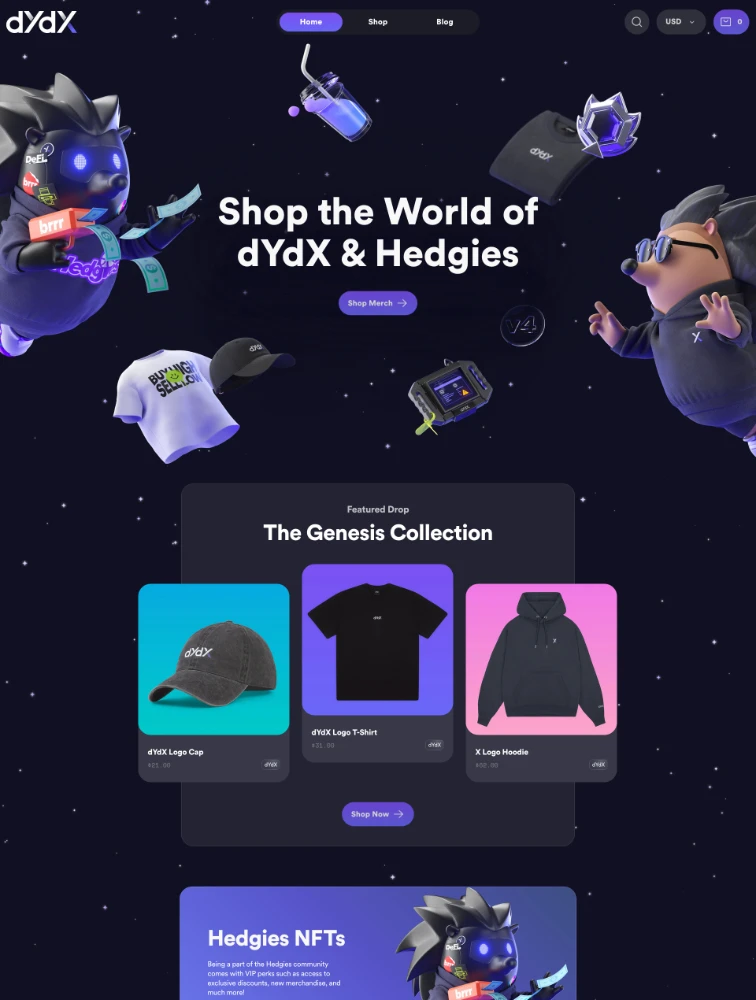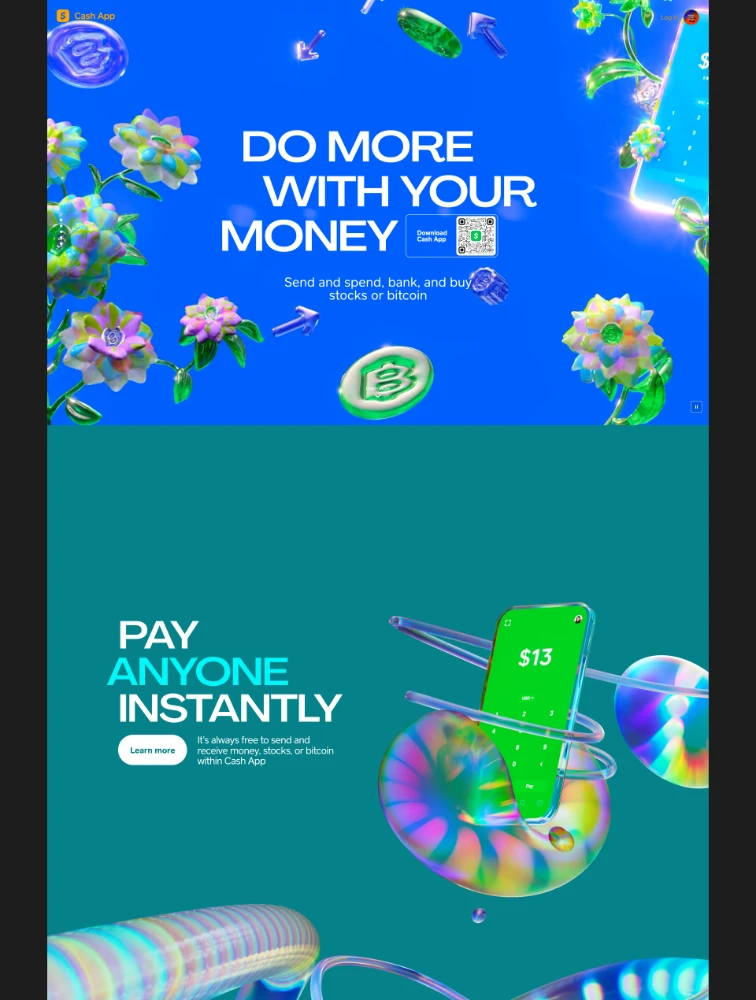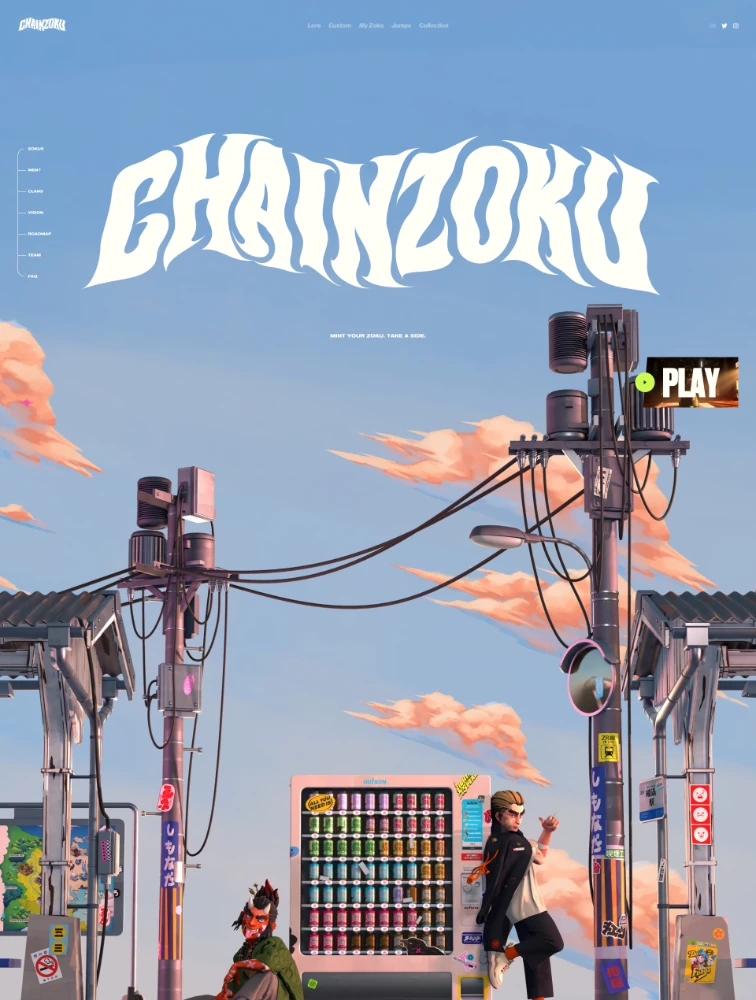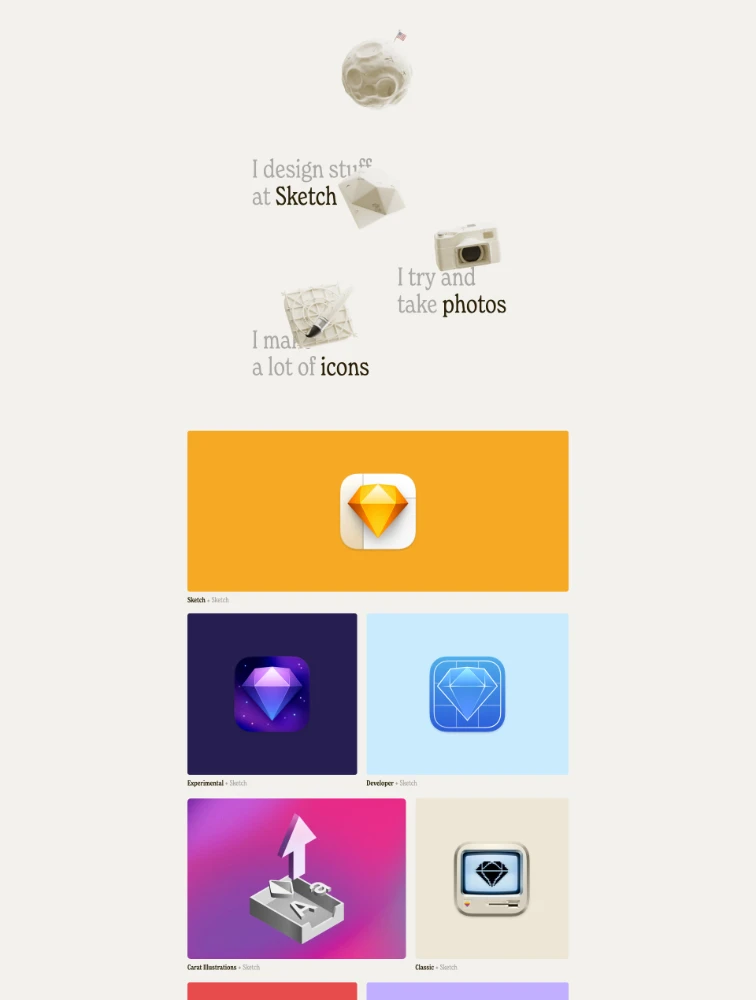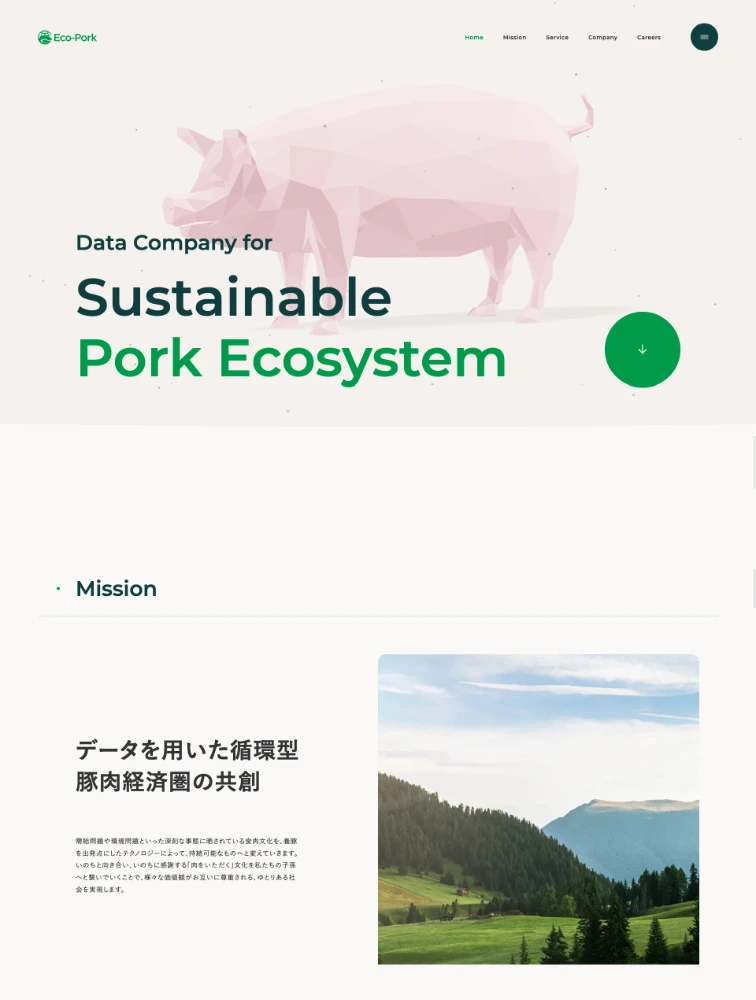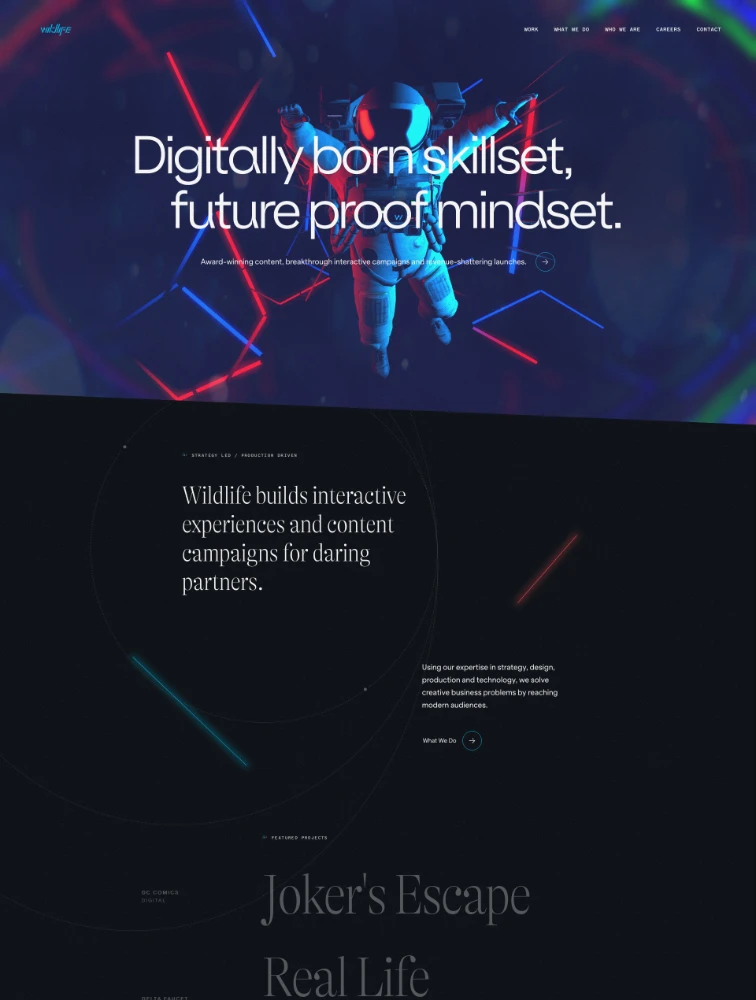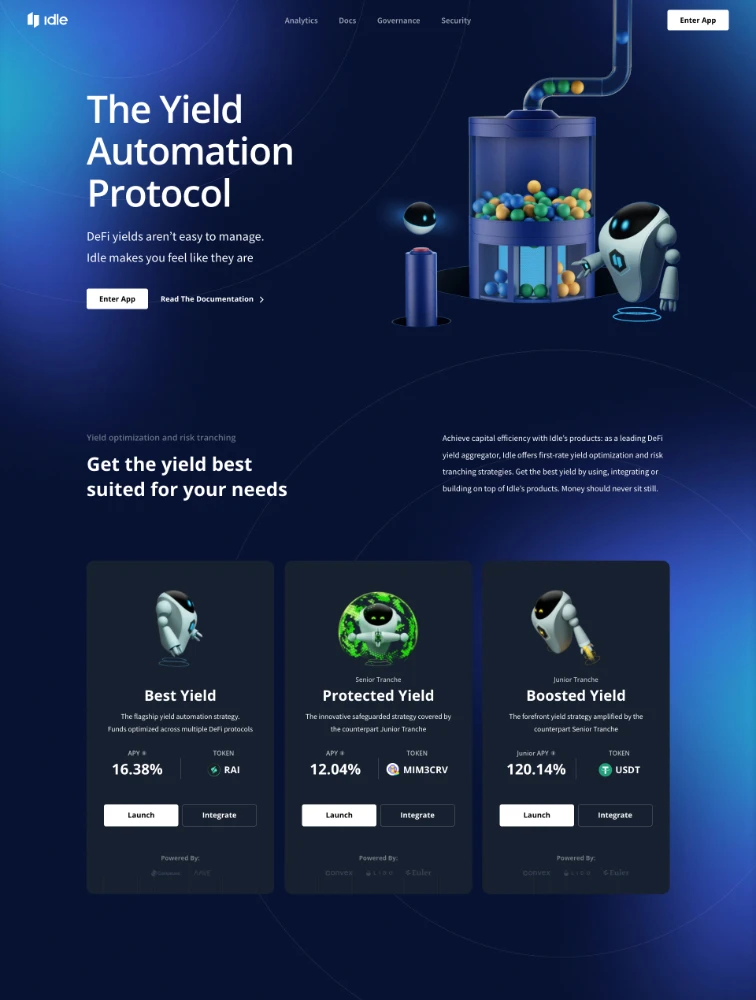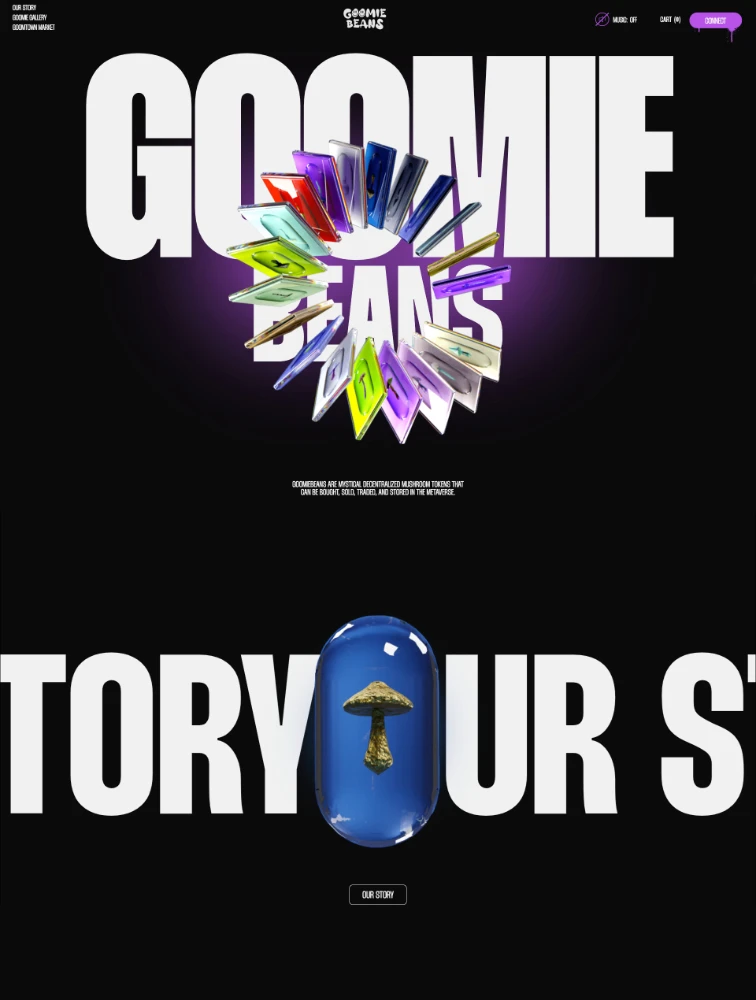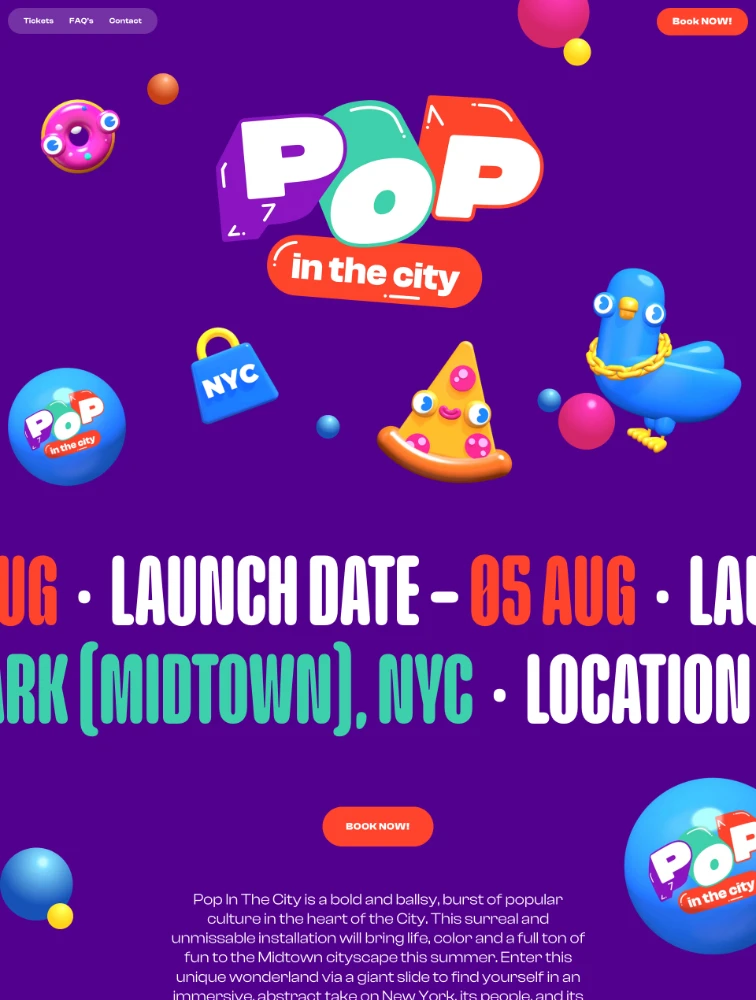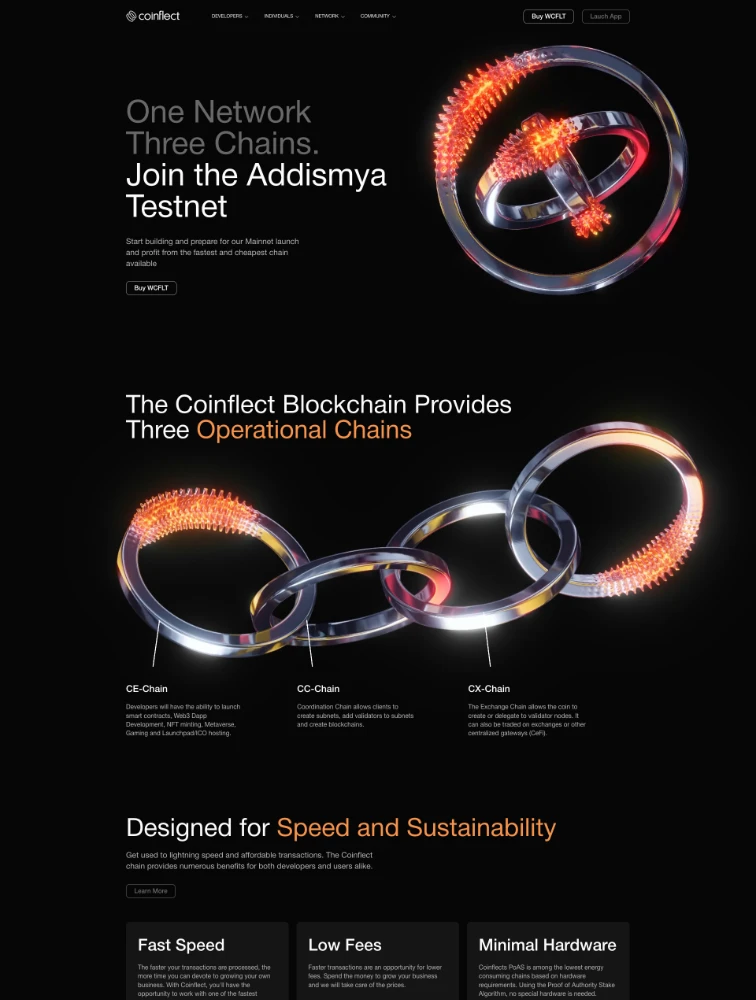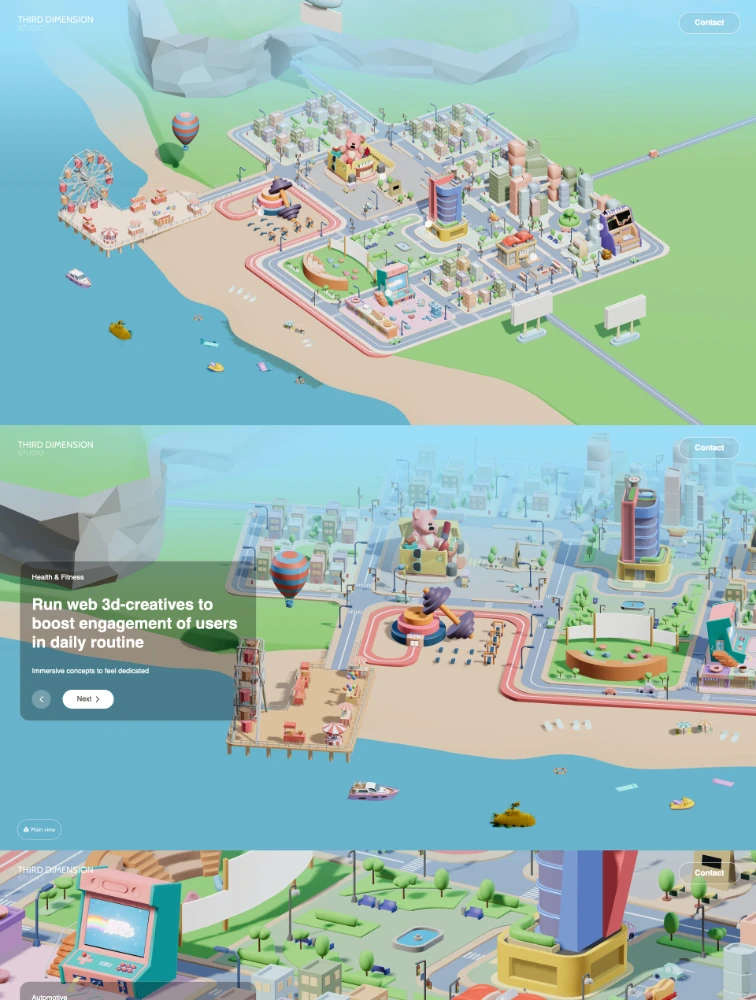Best 3D Websites Landing Page Design Inspiration
A curated collection of 3D Websites landing page design for your inspiration. Get inspired by real landing page examples, each review featuring a full screenshot and highlighting standout features.
 Resend
Resend
 Webflow
Webflow
 Design is Funny
Design is Funny
 Mobbin.com
Mobbin.com
 Artemii Lebedev
Artemii Lebedev
 Cuban’s EDGE
Cuban’s EDGE
 Framer
Framer
 Contra
Contra
 Reform Collective
Reform Collective
 Dr Pepper
Dr Pepper
 Social House
Social House
 dYdX Merch
dYdX Merch
 Cash App
Cash App
 ChainZoku
ChainZoku
 Rose Island
Rose Island
 Demuxed 2022
Demuxed 2022
Moonbow
 Eco-Pork
Eco-Pork
 WILDLIFE
WILDLIFE
Idle Finance
Goomiebeans
POP in the city
 Walkies
Walkies
Coinflect
 Chordal
Chordal
 Third Dimension
Third Dimension
Frequently Asked Questions
Everything you need to know about 3d websites landing pages
What are 3D Websites landing pages?
3D Websites landing pages are immersive web experiences incorporating three-dimensional graphics, WebGL animations, spatial design elements, and interactive 3D models as core design language. These pages use technologies like Three.js, WebGL, React Three Fiber, or Spline to create depth, dimension, and engaging visual experiences beyond traditional flat web design. On Lapa.ninja, 3D website examples showcase how dimensional graphics create memorable experiences, demonstrate products spatially, establish cutting-edge brand perception, and engage visitors through interactive exploration. They're particularly effective for gaming, metaverse platforms, innovative tech brands, architecture, product launches, and brands wanting to demonstrate technical sophistication.
What technologies power 3D website landing pages?
Modern 3D websites utilize: WebGL for hardware-accelerated 3D graphics rendering in browsers without plugins. Three.js as the most popular JavaScript library making WebGL accessible with simpler syntax. React Three Fiber for integrating Three.js into React applications declaratively. Spline for creating 3D scenes with design-friendly interfaces and direct web export. Babylon.js as alternative 3D engine with gaming features. GSAP for smooth animations and scroll-triggered effects. CSS 3D Transforms for simpler depth effects. Blender for creating and optimizing 3D models. glTF format for efficient 3D model delivery. These technologies enable creation of interactive product viewers, animated hero sections, spatial interfaces, and immersive brand experiences while maintaining web performance through optimization.
What are performance best practices for 3D website landing pages?
Optimize 3D pages through: Aggressive model optimization reducing polygon counts, compressing textures, and using efficient UV mapping. Level-of-detail (LOD) systems showing simpler models when far from camera. Lazy loading 3D assets below fold or triggered by user interaction. Progressive enhancement starting with 2D fallbacks and loading 3D only for capable devices. Texture optimization using compressed formats, appropriate resolutions, and texture atlases. Frame rate management capping at 60fps and reducing quality on mobile. Code splitting to load 3D libraries only when needed. Effective loading states with engaging preloaders. Mobile-first approach with simplified or disabled 3D on struggling devices. Web Workers for expensive computations. Target under 3 seconds for initial meaningful paint. Test extensively across device types and connection speeds.
When should you use 3D website landing pages versus traditional design?
Use 3D when: products benefit from dimensional visualization like physical products, architecture, or spatial services; target audience is tech-savvy with modern devices and fast internet; creating memorable differentiation justifies development investment; 3D enhances understanding rather than serves as decoration; you have optimization resources; brand emphasizes innovation; competitive landscape uses traditional design; product nature aligns with 3D like gaming, metaverse, VR/AR. Avoid 3D when: target audience has slow connections or older devices; product is simple and doesn't benefit from dimensional representation; budget or timeline is limited; core conversion elements would be sacrificed; accessibility is primary concern; traditional industry where sophistication matters more; mobile traffic dominates. Always A/B test 3D against traditional measuring actual conversion impact.
Where can I find 3D website landing page inspiration?
Browse lapa.ninja/category/3d-websites for cutting-edge 3D implementations. When exploring: analyze how 3D enhances product understanding or brand perception, study performance optimization techniques visible in implementation, note when 3D serves purpose vs pure decoration, identify industries successfully using 3D, observe mobile strategies and fallback implementations, evaluate loading strategies and states, study how 3D integrates with conversion elements, note interaction patterns and user controls, consider accessibility approaches, screenshot specific 3D techniques you could adapt, and assess whether 3D actually improves conversion or primarily serves aesthetic goals. Remember 3D requires significant investment - ensure it serves strategic purpose for your specific goals.
